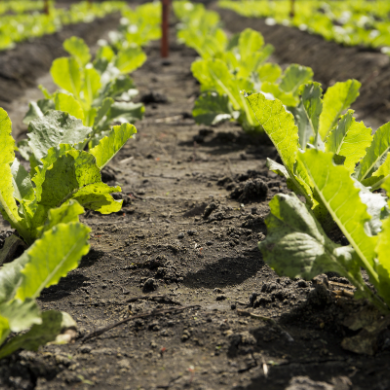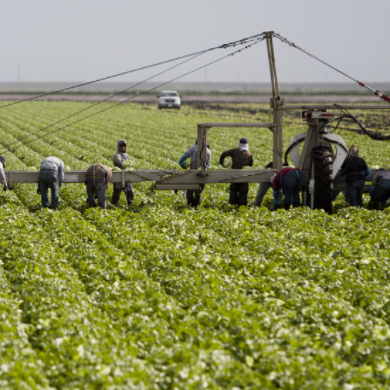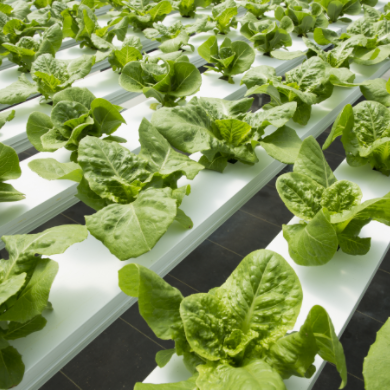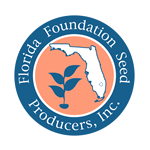The UF/IFAS lettuce breeding program has played a vital role in the advancement of South Florida's lettuce industry by introducing significant cultivars throughout its history.
'Terrapin' (2000): This romaine cultivar had the highest yield and the highest percentage of marketable heads in variety trials. It can be planted from November to January and harvested from January through March to maximize profits.
'Florida 1974' (1977): It is a romaine-type lettuce developed by Dr. Victor Guzman and released primarily for breeding purposes. This cultivar possessed two single recessive genes that provided resistance to the Lettuce mosaic virus (LMV) and the Bidens mottle virus (BMoV).
'Floricos 83' (1983): It exhibited distinct characteristics such as more savory, tender leaves, and a milder flavor compared to the widely popular Valmaine cultivar/parent. Floricos 83 was not only resistant to LMV, BMoV, and downy mildew (Texas race), but also demonstrated tolerance to corky root and root rot.
'Floricrisp 1265' and 'Floricrisp 1366' (1984): Crisp head lettuce cultivars specifically designed for organic soil production by Dr. Guzman. These cultivars underwent extensive testing across multiple locations and were ranked as top performers within their group. Moreover, they exhibited superior internal and external traits when compared to the standard cultivars of its time. Floricrisp 1265 is now used as a breeding parent in other lettuce breeding programs.
'Floribibb' (1984): A butterhead lettuce considered a gourmet lettuce at the time. It showcased resistance to downy mildew race 5, LMV, and BMoV, and despite its susceptibility to corky roots, it managed to produce reasonable yields. Notably, it was reported to contain higher levels of vitamins and minerals compared to its predecessor, summer bibb.
'South Bay' and 'Raleigh' (1984): These cultivars exhibited thermotolerance to temperatures exceeding 90°F, which was particularly advantageous early in the growing season. Additionally, they demonstrated tolerance to corky root, a common issue in South Florida.
Short Guzmaine, Tall Guzmaine, and Floriglade (1986): These cultivars showcased resistance to thermodormancy ( ~90°F), LMV, BMoV, and corky root rot. Short Guzmaine and Tall Guzmaine have since been extensively utilized in various breeding programs to develop new and improved romaine lettuce cultivars.
Florical 48060 and Florical 50011 (1990): Two crisp-head lettuce cultivars with resistance to LMV. Florical 50011 also exhibited resistance to corky roots due to the incorporation of a resistant gene from Green Lakes into Florical 48060.
A more extended list of cultivars formerly released by the UF/IFAS lettuce breeding program, and their characteristics can be found at HS1225/HS1225: Evaluation of Lettuce Cultivars for Production on Muck Soils in Southern Florida (ufl.edu).





